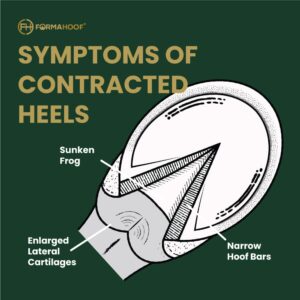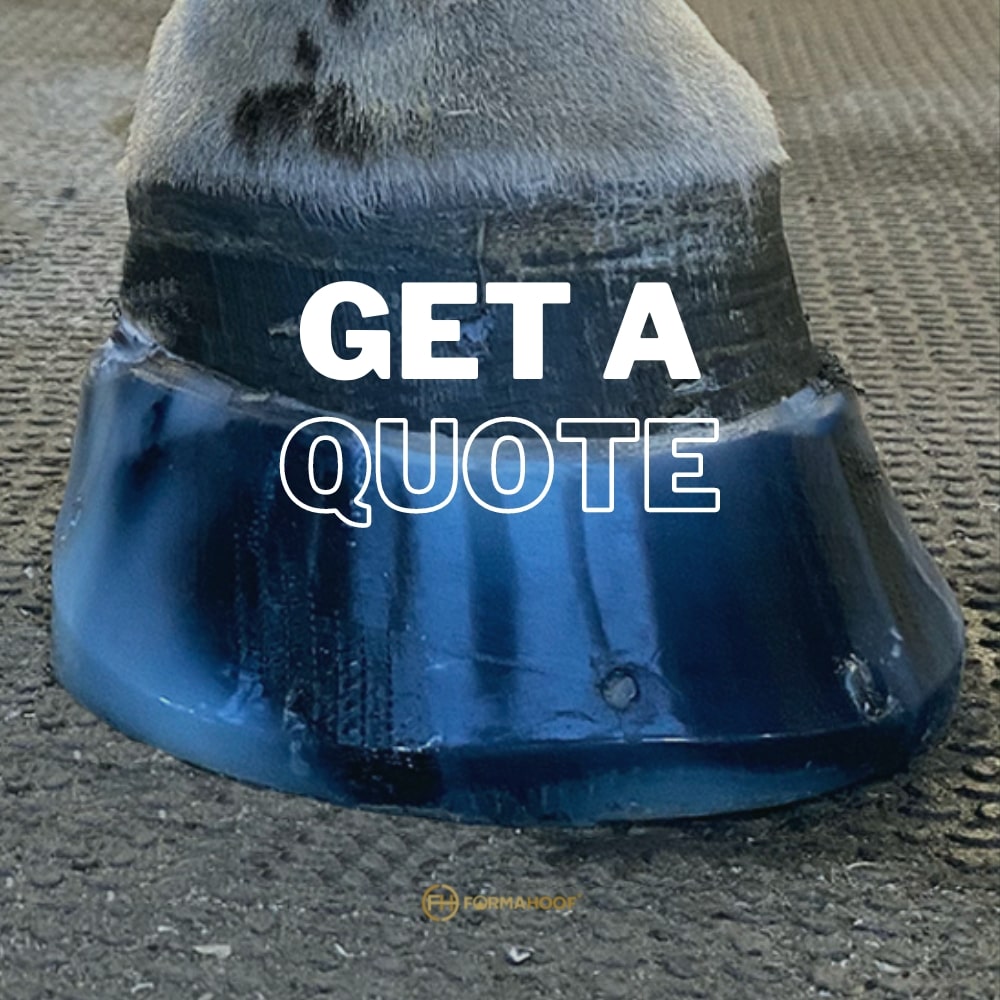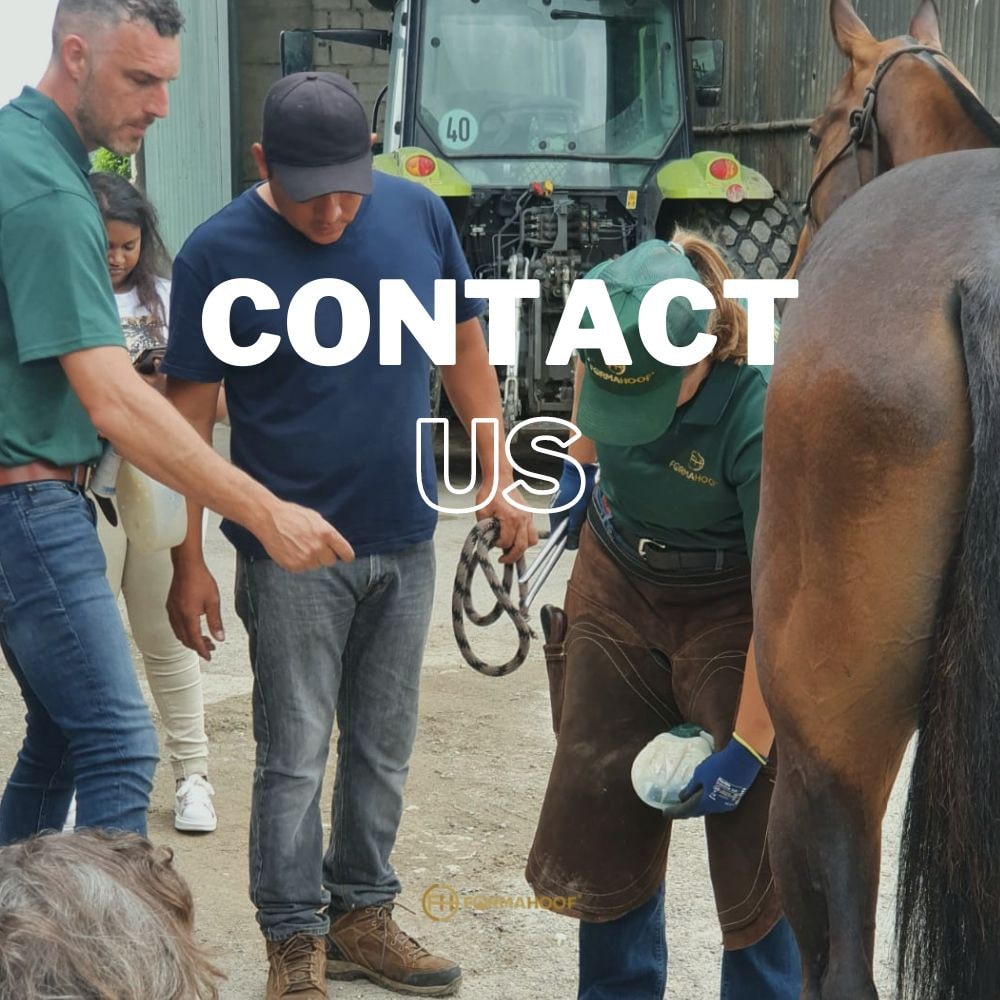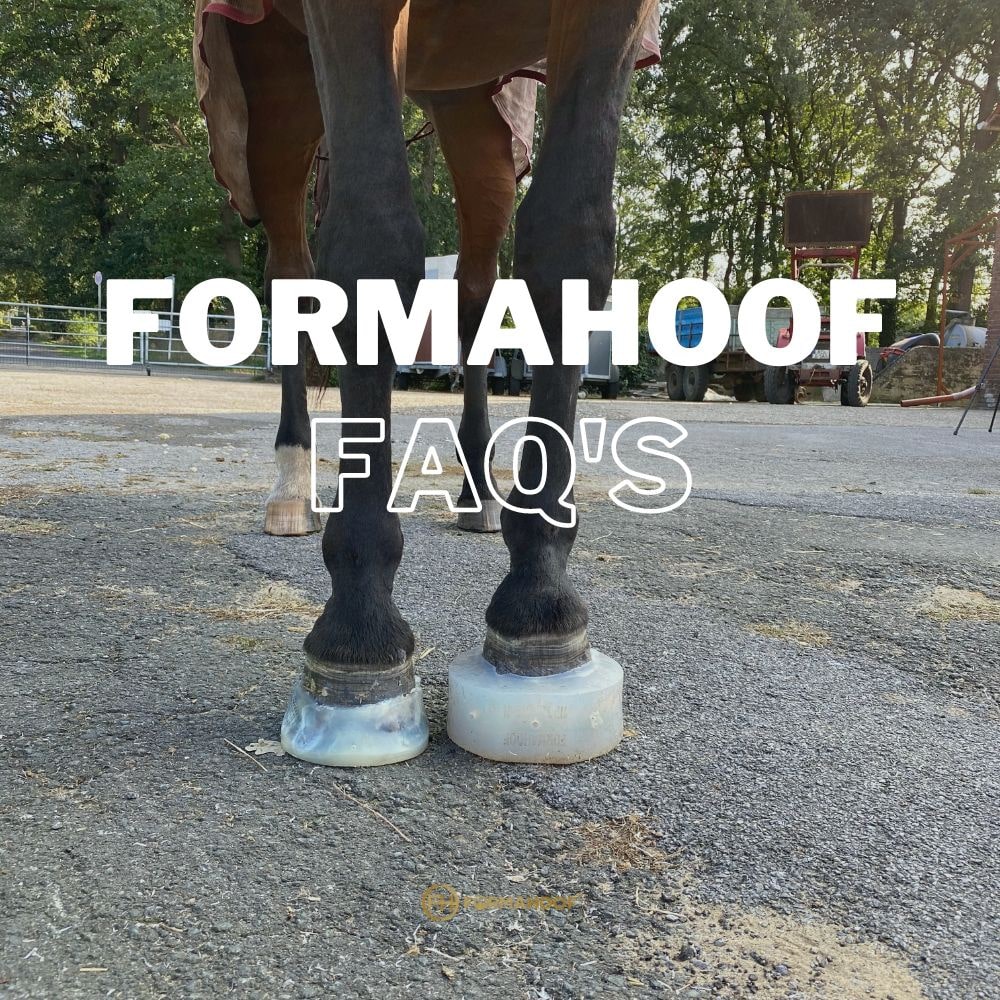The horse with 5 hearts – Fascinating Facts about the excellent blood pumping abilities of our horses’ hooves
You may have heard the phrase, ‘a horse has Five Hearts’? Well, in simple terms, the heart pumps blood around the body through arteries. From the arteries, blood moves away from the heart into capillaries and then into venules and then into veins. Unlike arteries, veins are not elastic, and they need muscles to move the blood back towards the heart. However, horses have no muscle in their lower leg – so, how does the blood get back up the leg from the hoof to the heart?
The 5 Equine Hearts
Horses, like other mammals, have only one heart. However, the frog in each hoof acts like a pump to push blood back up the leg with every step a horse takes. When the hoof is down on the ground, it expands and fills with blood. When it is picked up, it contracts, and the blood is sent back up the leg towards the heart. Around a litre of blood is pumped through the body by the frogs every twenty strides! Hence, each hoof is a ‘heart’, giving a horse five hearts.

Horse Heart Facts
The heart of a horse is one of the most efficient hearts found in nature. Let’s have a closer look at some facts:
- The heart of an average size adult horse weighs approx. 8-10 pounds, with the weight varying depending on breed and other individual factors (e.g., fitness).
- A horse’s heartbeat varies from 30-40 beats per minute at rest to an impressive 250 bpm when galloping.
- The heart of a TB at rest pumps 35 litres of blood per minute compared to approx. five by a human heart.
- The horse’s heart is much like our own. It has four chambers, two atria that sit above two ventricles separated by four valves.
- Both the equine and human heart are located in the thorax between the lungs and ribs and above the diaphragm
The Equine Frog
The frog is a very important part of the horse’s circulatory system, and paying attention to the frog with adequate hoof care plays a vital part in keeping your horse healthy and happy.
The frog has various functions which are fundamental to your horse’s health:
- Blood flow: The venous plexus sits right above the frog and pushes the blood back up towards the heart.
- Shock absorber: With its flexibility and elasticity, the blood-filled frog helps to absorb shocks (during movement) from bones and joints.
- Coordination: The horse’s awareness of where its feet and body are is coordinated in the frog.
- Protection: A horse’s frog builds a protective shield around the sensitive soft tissue that separates the hoof from underlying tendons and bones (the digital cushion), the bursa and the navicular bone.
- Traction: On slippery ground the hoof functions at its best when barefoot, unless the horse is shod with traction devices. This is due to the traction functionality the frog provides when touching the ground.
Hoof Health Care – Keeping Your Horse’s Frog Happy
Thrush is the most common problem in the frog of a horse, turning a healthy frog into smelly, necrotic (dead), black tissue. Thrush is an anaerobic bacterial infection which is similar to athlete’s foot in humans and while it is not life-threatening, thrush can lead to lameness and serious hoof problems if left untreated.

How Can You Spot If Your Horse Has Thrush?
- Irregular frog shape
- Parts of the frog appear softer than usual
- Black, crumbling tissue
- Foul-smelling discharge from the frog area
- Lameness (in severe cases)
Thrush Prevention And Treatment
Hoof and stable cleanliness are key in the prevention of thrush in horses. Horses’ feet should be picked out at least once a day and the stabling and bedding should be clean and dry.
Once the frog is infected, the most important part of the treatment will be keeping the hoof clean, dry, and medicated. Depending on the severity, you may want to talk to your farrier or vet about expanded treatment options. If your horse shows signs of lameness always consult with a professional.
FormaHoof And Frog Support
The horse’s hoof is a natural phenomenon and is designed to provide efficient support and function to horses when barefoot.
Domestication of horses has led to an increase in hoof-related problems and lameness caused by various factors such as invasive shoeing, workload, stable-turnout balance, no diversity in grounds and more.
FormaHoof replicates the natural biomechanics of the barefoot hoof and helps to facilitate the fascinating natural mechanism of the hoof.
Three-way Comparison Barefoot V Shod V FormaHoof
Let’s have a look at how the frog and the entire hoof are supported by FormaHoof.
In an experiment, we put the leg of a deceased horse under load while barefoot, in a traditional shoe, and in a FormaHoof barefoot application. All three were placed under the same high load, which can be compared with the approx. load the leg endures during a full gallop!
Both the barefoot foot and the foot in a FormaHoof application create the ideal mechanics for the hoof to function optimally, with natural support for the frog and digital cushion. In these scenarios, the coffin bone defends under the load allowing to spread weight and pressure over the complete surface of the foot while the frog gets an even touch point.
Why Doesn’t This Work In A Traditional Horseshoe?
Having a horse shod with traditional plates means the frog and digital cushion can no longer touch the ground as artificial height (the shoe) is added, creating a gap in the process. The load therefore can’t be spread, leading to an overload in the heel area.
Thinking about high-performance horses and the most common hoof problems they face; crushed heels are a likely result of the overload. Taking all the above statements into account, the videos may help to explain how and why caudal failure can occur with traditional metal shoeing.
FormaHoof And Thrush
FormaHoof supports your horse and helps to prevent and overcome thrush much faster than any other method.
Once applied, FormaHoof allows your horse to regulate moisture within a controlled environment. The hoof must first be cleaned and should be disinfected before the application process. A clean foot will not enhance bacterial growth and will remain clean under the application. If your horse has thrush before applying FormaHoof, the affected area should be treated with common products such as copper sulphate before you start your application.
Most horses recover from thrush within one FormaHoof application cycle while the owner doesn’t have to worry about daily cleaning of the infected area.














